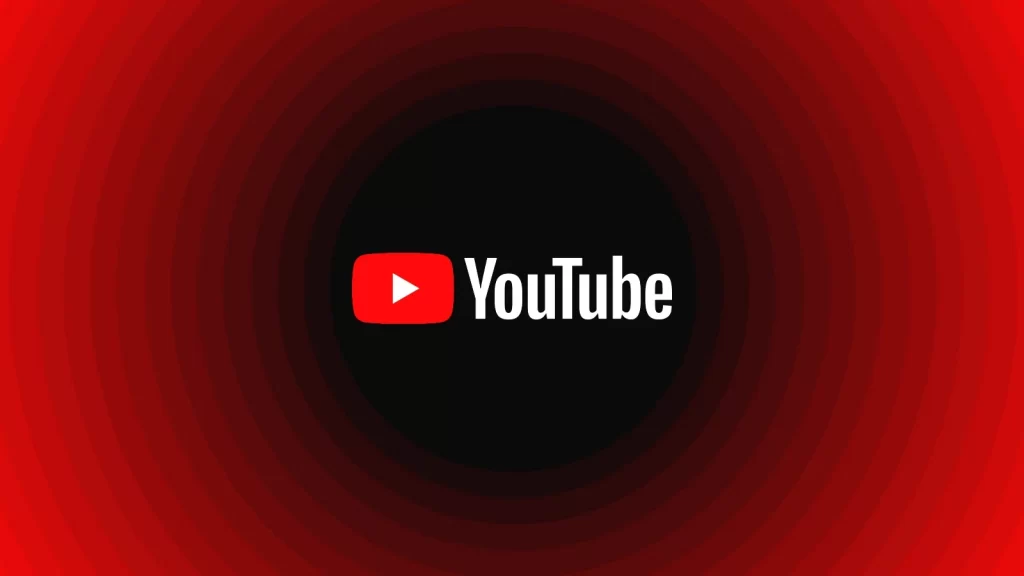Recently, YouTube has been testing a new feature that blocks ad-blockers on its platform, indicating the company’s intentions to encourage users to switch to its premium subscription service. The number of YouTube Premium subscribers has grown significantly, reaching a record-breaking 80 million in 2022. Although the test is currently limited, it could signal a move towards making the free version of YouTube less attractive in order to drive more people to the premium version.
YouTube’s parent company Google has been battling ad-blockers for years. In 2016, Google banned ad-blocking apps from its Play Store, and changes to Chrome could affect the future of ad-blocking extensions. However, ad-blockers have proven largely ineffective in blocking YouTube’s embedded ads. So, the current experiment may be less about blocking ad-blockers and more about promoting YouTube Premium.

This experiment follows Google’s success in eliminating YouTube Vanced, a third-party app that blocked embedded ads without requiring a YouTube Premium subscription. It appears that Google is committed to its ad-supported revenue model and ensuring that users can only avoid ads by paying $12 per month for a Premium subscription.
It is worth considering the effect of this experiment on content creators who rely on ad revenue. If YouTube becomes too aggressive with ads on its free service, it could lead to users abandoning the platform, ultimately harming it. While promoting YouTube Premium is understandable, it is essential to balance this with the needs of creators and users.

It remains unclear whether this experiment will become more widespread or not. Nonetheless, it is apparent that YouTube is exploring ways to increase revenue through subscriptions, and more initiatives like this could emerge in the future. For users who want to avoid ads on YouTube, it is essential to consider whether a Premium subscription is worth the cost. Content creators must stay informed about these changes and adapt accordingly.


